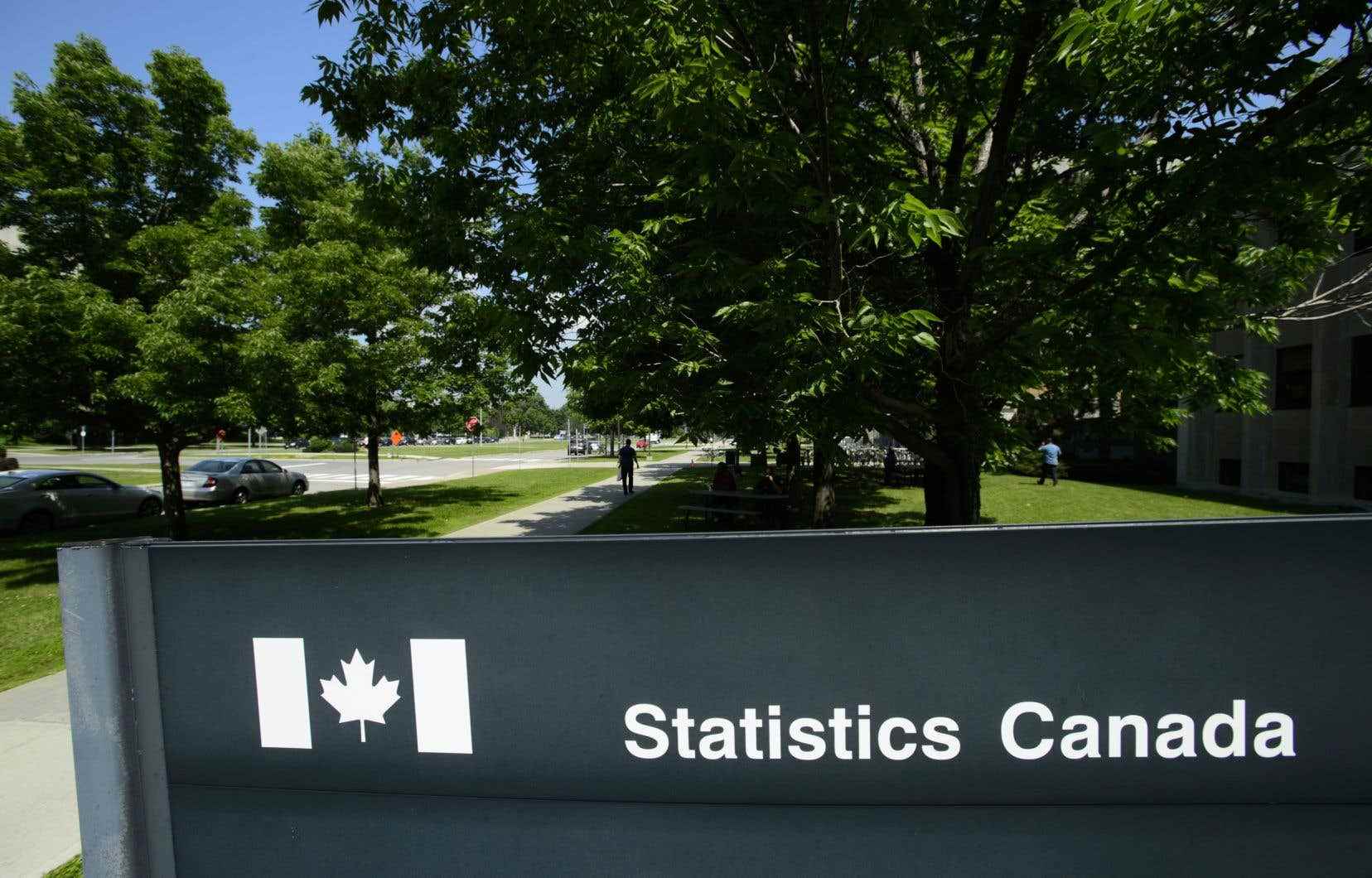The Canadian economy remained stable in May as growth slowed as businesses continued to face supply constraints and rising interest rates. Real GDP remained unchanged in May, after expanding 0.3% in April, Statistics Canada reported Friday. Growth in service-producing industries was offset by a decline in goods-producing industries, the agency said.
These results are better than expected, since Statistics Canada’s preliminary estimate suggested that the economy contracted by 0.2% in May.
Royal Bank Deputy Chief Economist Nathan Janzen said the economy is facing long-term production capacity constraints, in part because of the continuing labor shortage. “We expect growth to slow, but part of that is because the current economy is incredibly strong,” Janzen said. A preliminary estimate of GDP for the second quarter suggests annualized growth of 4.6%, compared to 3.1% for the first three months of the year.
“We have reached a very strong point in the economic cycle, earlier than expected. But the challenge from there [est] that it cannot be sustained,” he asserted.
CIBC economist Andrew Grantham said strong annualized growth in the second quarter would increase the likelihood that the Bank of Canada would go ahead with another oversized rate hike in September. “This solid growth, combined with the details of today’s data, suggests that supply constraints, rather than slowing demand, are holding back overall growth. The Bank of Canada will make its next interest rate announcement on September 7th.
Statistics Canada adds that advance information shows that real GDP would have increased by 0.1% in June. These estimates will be updated on August 31.
